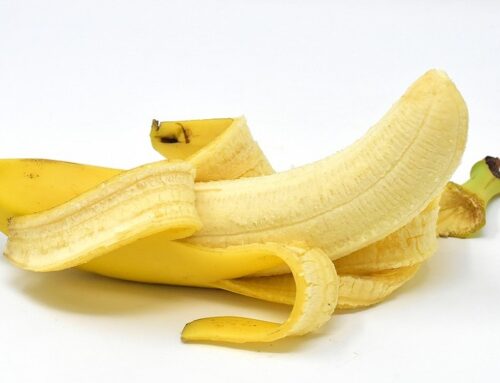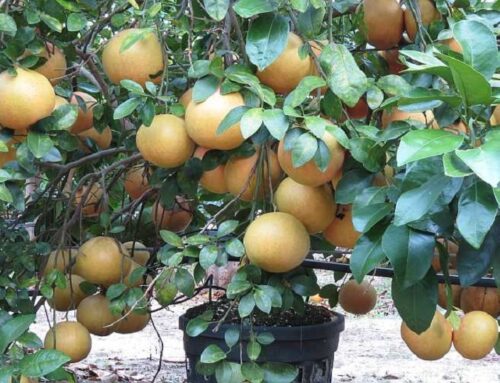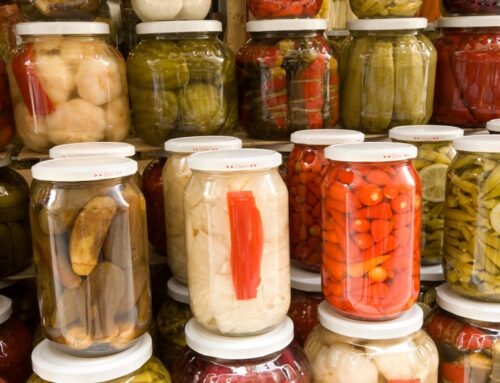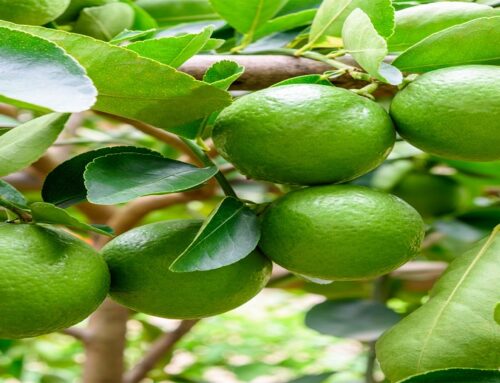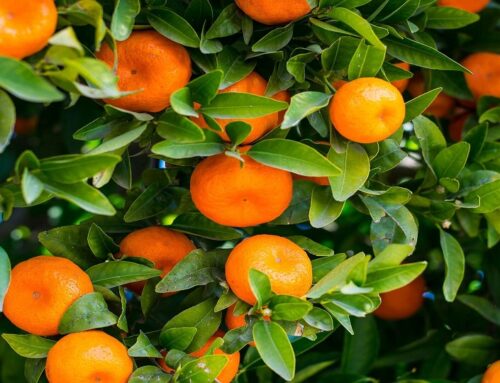A detailed account of various growing requirements for passion fruit plants is given below:
Climate: Purple passionfruit is subtropical in growth habit. It grows well up to an elevation of 1,300 meters from MSL (mean sea level) in the tropics. Yellow passionfruit is tropical in growth habit. It grows well up to an elevation of 600 meters from MSL. Annual rainfall requirement ranges between 40 and 100 inches (100-250 cm). Optimum temperature range for its growth is between 20 and 30 degree Celsius.
Soil: Passionfruit plants can be grown on many soil types. However, light to heavy sandy loams of medium texture is the most ideal type of soil. Soils having sufficient moisture, humus and lime are the most suitable soils. Soil pH should be between 6.5 and 7.5. If the soil is too acidic, lime must be applied. Good drainage is essential to minimize ‘collar rot,’ a major fungal infection that attack young passion fruit plants.
Propagation: Passionfruit plants are propagated from seeds. Ripe fruits are stored for 2 weeks to allow them to shrivel before seed extraction. If seeds are planted soon after extraction, germination begins in 2 to 3 weeks. Germination can be accelerated if fruit pulp is fermented for a few days before seed extraction or if the extracted seeds are rubbed with a sand paper. Cleaned and stored seeds have a lower germination rate.
Raising and Planting of Seedlings: Seeds are planted 1/2 inches (1.25 cm) deep in seed beds. Seed beds with a spacing of 12 to 15 cm between rows and 20-25 cm apart are prepared in February or June. After 2 or 3 months, the seedlings are fit for transplanting. Transplanting should be done on a cool, overcast day and soil should be enriched organically a month in advance. Seedlings are transplanted when they reach 10 inches (25 cm) high. If seedlings are tall up to 3 ft, then the tops should be cut back and then planted. Soon after planting, seedlings are heavily watered.
Vegetative Propagation: Vegetative propagation from rooted cuttings is also possible. Cutting of suitable size are prepared from well-matured, healthy wood. Cuttings should have at least 3-5 well developed buds. Rooted cuttings are planted in February or August. Cuttings should be well rooted and ready for planting in 3 months. Rooting may be accelerated by hormone treatment. Grafting may be practiced for perpetuating hybrids of passion fruit plants.
Planting: Planting materials are transplanted in the main field with the onset of monsoon, i.e. June. Recommended spacing for planting is about 2-4 m between rows and 3-4 m between plants. Close planting may lead to disease problems and hence it should be avoided. Plants need watering soon after planting. Since passion fruit plants are frost-sensitive, they require protection against frost.
Training: Passion fruit plants are climbers and have trailing stems. These plants need external support while growing. Vertical or horizontal trellises may be used to support or train the plant vines. Strongly-supported wire trellises at least 7 ft (2.13 m) high may be used for training in commercial passion fruit plantations. The vines may be trained on arbors or pergolas also. The vines trained by arbour/pergola system bear heavier crops than trained in trellis system. Installation cost of an arbour system is high and also pruning of vines becomes very difficult in this system.
Pruning: Pruning is essential to stimulate new growth and fruit production. First pruning is done when plants reach two years of age. Subsequently pruning is done every year. Economic life of a passion fruit plantation is only 3 years. Careful pruning of lateral branches after fruiting helps in disease control. It may also extend plantation life up to 5 or 6 years. Pruning should be done during winter when the vines are dormant.
Irrigation: If plants receive short of 1200mm well distributed annual rainfall, then they must be irrigated regularly. Regular watering keeps the plants in flowering and fruiting continuously. Water requirement is high when fruits reach maturity. If soil is dry, fruits shrivel and fall prematurely.
Fertilizer Application: Passion fruit plants are heavy-feeders. Therefore, heavy manuring is needed. Fertilizers (10-5-20 NPK) should be applied @1.5 kg/plant, about 4 times a year (under normal conditions). It is said that approx. 1 kg nitrogen is required to produce 30 kg passion fruits. However, excessive nitrogen application may cause premature fruit drop.
Harvesting: The plants begin to bear fruits in 1 to 3 years and fruits start to ripen 70 to 80 days after pollination. In tropics, the plants bear throughout the year but peak periods are: August to December and March to May.
When fruits reach harvest maturity, the fruits are hand-picked from the vine rather than being allowed to fall. The fruits are stored in well-aerated wooden or bamboo boxes. Storing fruits in bags causes “sweating” and as a result fruit quality may suffer. Fruits can be stored up to one week in fresh condition under optimum storage conditions. i.e. at 5 degree Celsius temperature and relative humidity of 85 to 90%.
Yield: Under good growing conditions, the plants bear up to 75 kg or 100 to 250 fruits per vine per year.
Insect-Pest Management in Passion Fruit Plants: A detailed account of insect-pest management practices in passion fruit plants is given below:
Passion Vine Mites (Brevipalpus phoenicis): These insects defoliate the younger vines and make brown blemishes on the fruits. They can be controlled by the application of organic pesticides such as pyrethrums.
Passion Vine Bugs (Leptoglossus australis): These insects feed on flowers and young, immature green fruits. They can be controlled by the application of organic pesticides such as pyrethrums.
Thrips (Thysanoptera sp.): Thrips injure and cause stunting of young seedlings in nurseries. They can be controlled by the application of any recommended insecticides.
Tobacco White Flies (Bemisia tabaci): These insects affect leaves and severe infestation may lead to gall formations on the leaves. Poison baits may be used to control these flies.
Leaf Beetles (Haltica sp.) and Weevils (Systates spp.): These insects affect young leaves by feeding and chewing on the foliage. They can be controlled by the application of any recommended insecticides.
Cutworms: These insects mainly affect the seedlings in nurseries by beheading them. Manual control by hand-picking of the cutworms may be tried.
Fruit Flies: These flies affect young fruits and deposit eggs in the very young, tender fruits thus ruining the consumable quality o these fruits. Poison baits may be tried to control them.
Disease Management: A detailed account of disease management practices in passion fruit plants is given below:
Viral Disease: Passion fruit plants are affected by a virus called ‘Woodiness Virus.’ The symptoms of this viral infection appear as small misshapen fruits with thick rind and small pulp cavity. The spread of the virus may be prevented by uprooting and destroying all affected plants.
Fungal Diseases: Passion fruit plants are affected by a number of fungal diseases. Major among them are as follows:
- Fusarium wilt caused by the soil-borne fungus, Fusarium oxysporium
- Rhizoctonia root disease (rotting of roots) caused by the soil-borne fungus, Rhizoctonia spp.
- Grease spot caused by Pseudomonas passiflorae
- Collar rot caused by Phytophthora cinnamoni
- Brown spot caused by Alternaria passiflorae
- Septoria spot caused by Septoria passiflorae
In both brown spot and septoria spot, small spots appear on all parts of the vine and on the fruits, and it is spread by rain, dew and overhead irrigation.
Control Measure: Sprays of wettable sulphur every 2-3 weeks or any recommended fungicide may control most of the fungal infections in an effective mann
Check out our publishing services here…
We publish top quality videos on various ‘Food & Agriculture’ topics. You may subscribe our video channel here…


